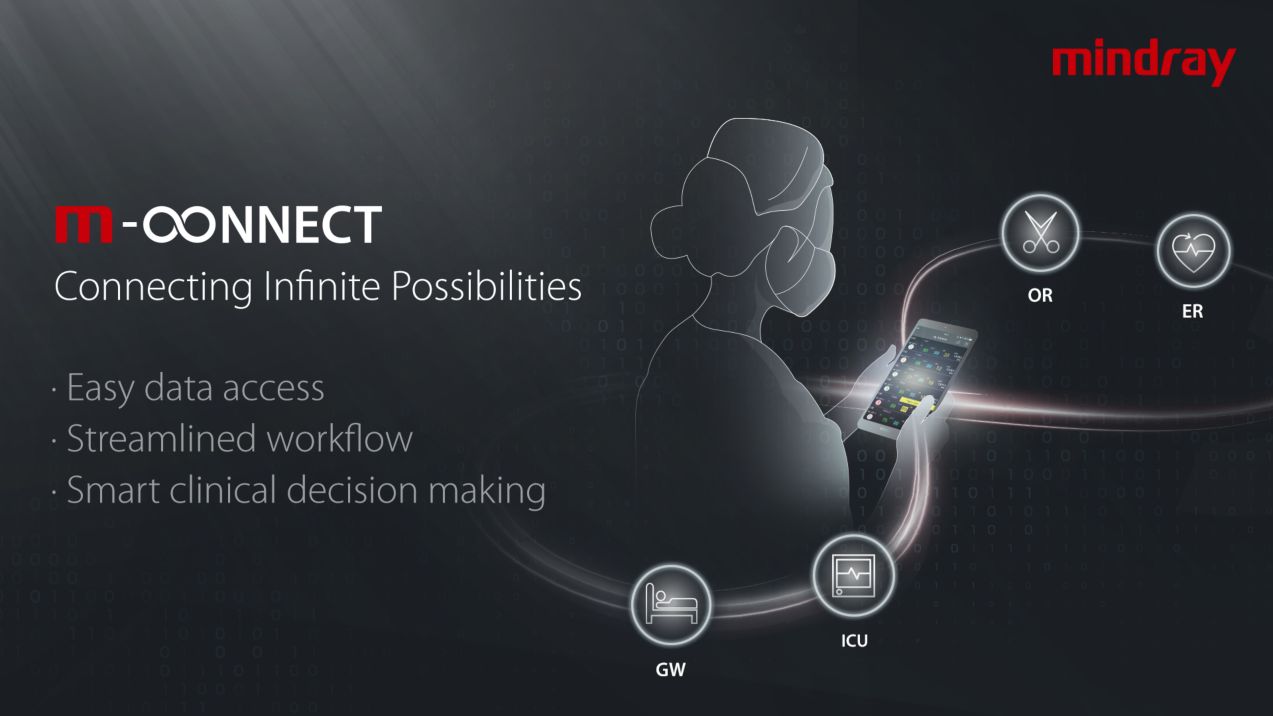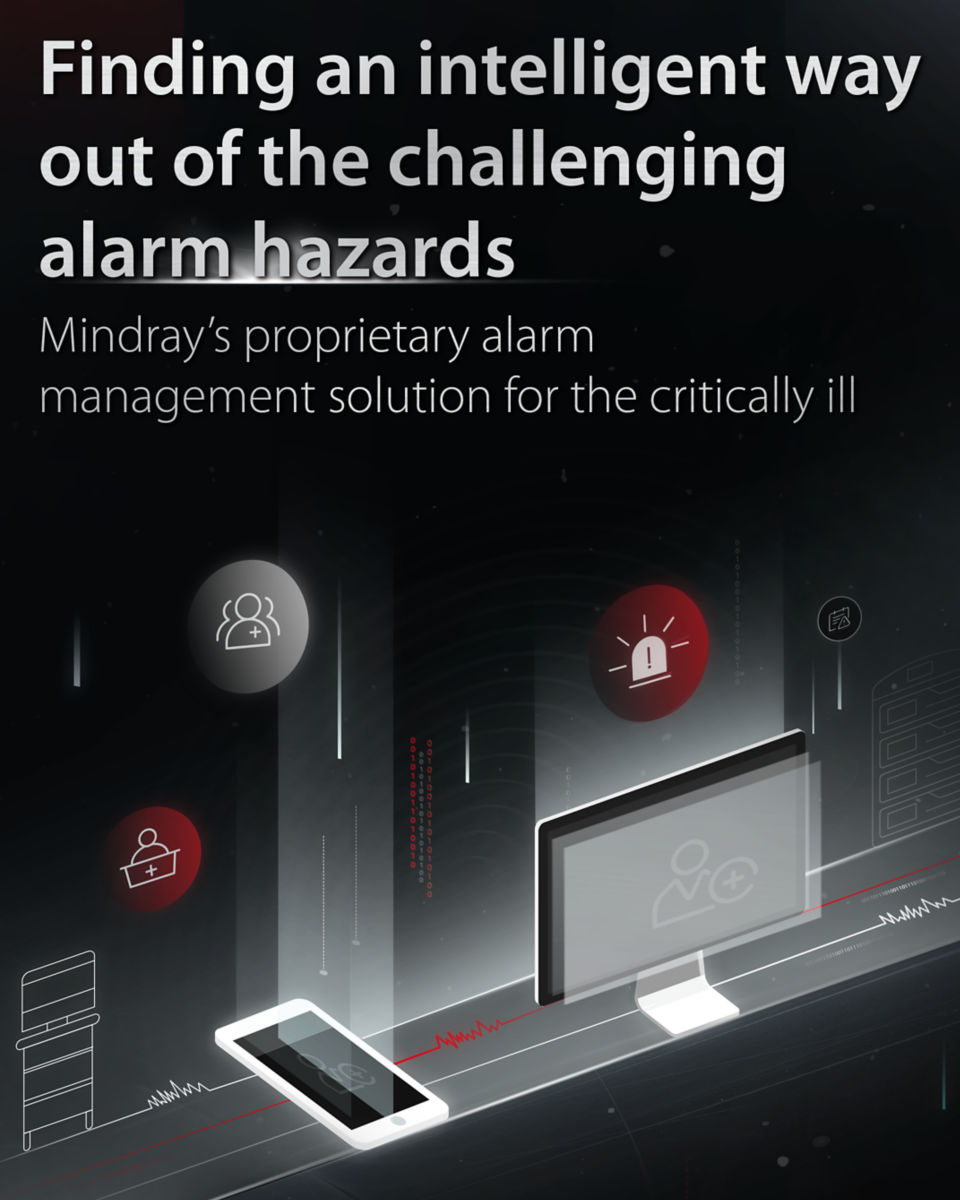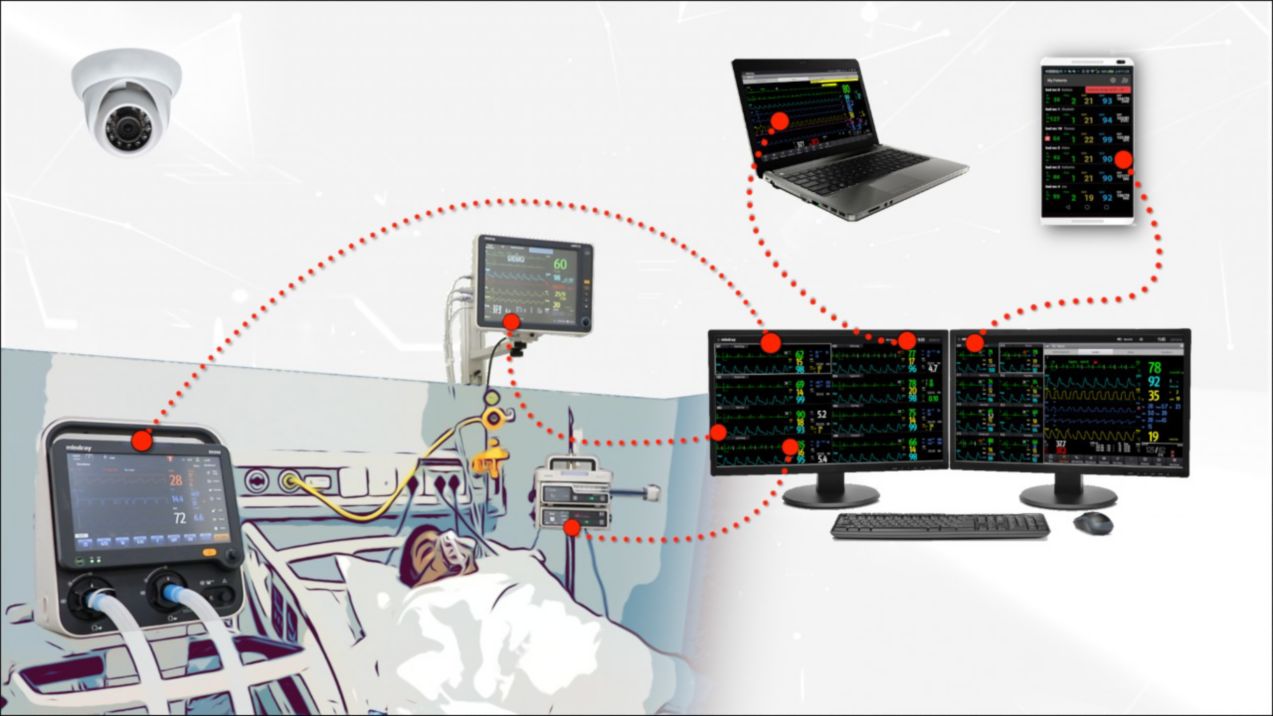Patient centric approach – A pragmatic way of hospital IT solution Implementation
Ms. Manju Goyal, Director - PMLS & SU, Mindray India 2023-10-22

Hospital IT has been a widely discussed subject during recent years. It is widely accepted that this should be implemented beyond HIS and should be scalable to meet future demands. Here, scalability should be taken as expansion to other departments, other equipment, or other branches of hospitals.

While implementing such a solution, the important factors to be considered are that every department has different needs in terms of the level of IT integration, different equipment, and sets of users. But the patient remains the same and moves among different departments. So, the IT system can be more effective if it is centered around the patient. As the patient enters from the emergency department, their patient ID is created, and data is stored with all diagnoses. If the patient has to be transferred to the critical care unit, the patient's history and diagnosis should be available to the CCU to ease the complex workflow and heavy workload. In the ICU, various equipment is attached to the patient, and complete data is required to make the right clinical decisions. Incomplete or missing data can lead to clinical errors, but data accessibility must be simplified and easy for clinicians to make faster decisions.

Alarm Handling
There is a big concern in critical departments known as alarm handling, as they handle various lifesaving equipment, such as ventilators. Under the heavy workload of clinical staff, alarm handling becomes a concern that can lead to the ignorance of important alarms or alarm fatigue due to multiple alarms appearing on devices simultaneously. This concern also needs to be addressed while implementing an intelligent IT system to reduce false alarms and create a hierarchy for caregivers to address important alarms promptly. This will lead to the improvement of staff efficiency and a quieter ICU for faster patient recovery.
While elaborating on the Hospital IT solution, it is not only limited to inside hospital IT but should also have complete data available outside the hospital to caregivers for critical patients. As the decision maker is outside the clinical environment, emphasis is again placed on data completeness. They should have access to data from all critical devices, including patient monitors, ventilators, infusion pumps, and also the patient via a camera. This will help them get full patient information directly in near real-time and can help in better decision-making.
We are able to see quite a lot of enthusiasm among hospitals to implement such solutions, which lead to better workflow and efficient, faster decision-making with simplified yet complete information available to caregivers. We would also like to witness such systems being more open to integrating with other systems to make implementation more economically viable and future-ready for hospitals.

